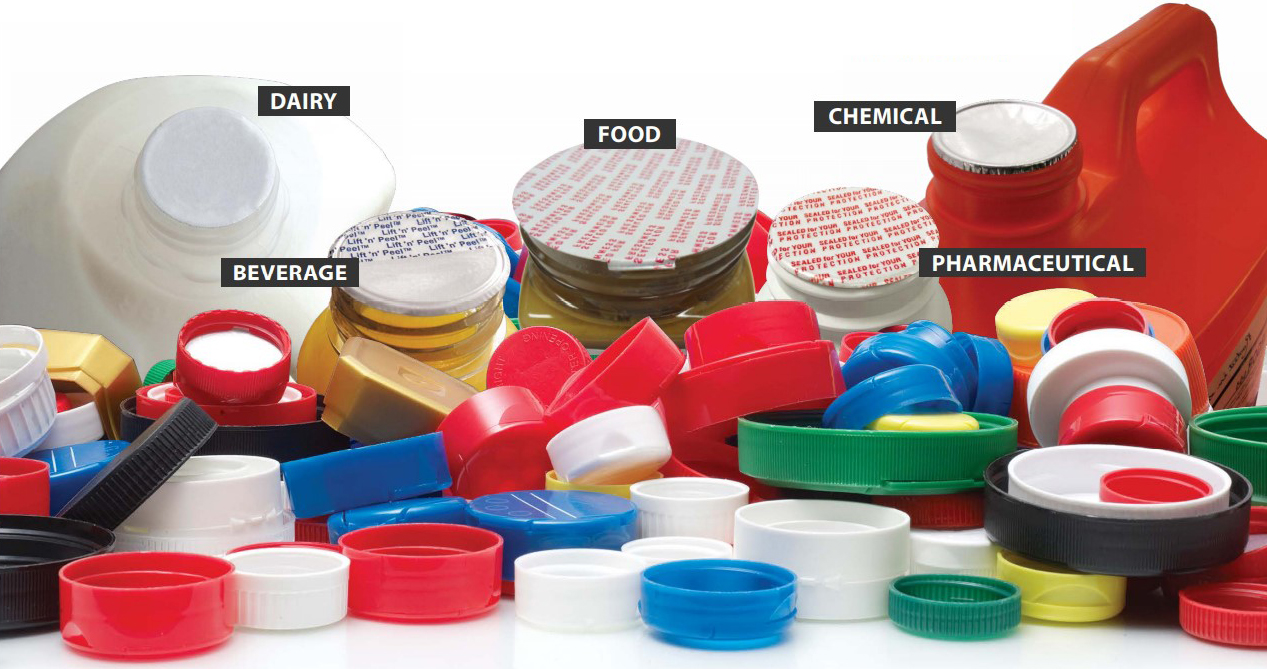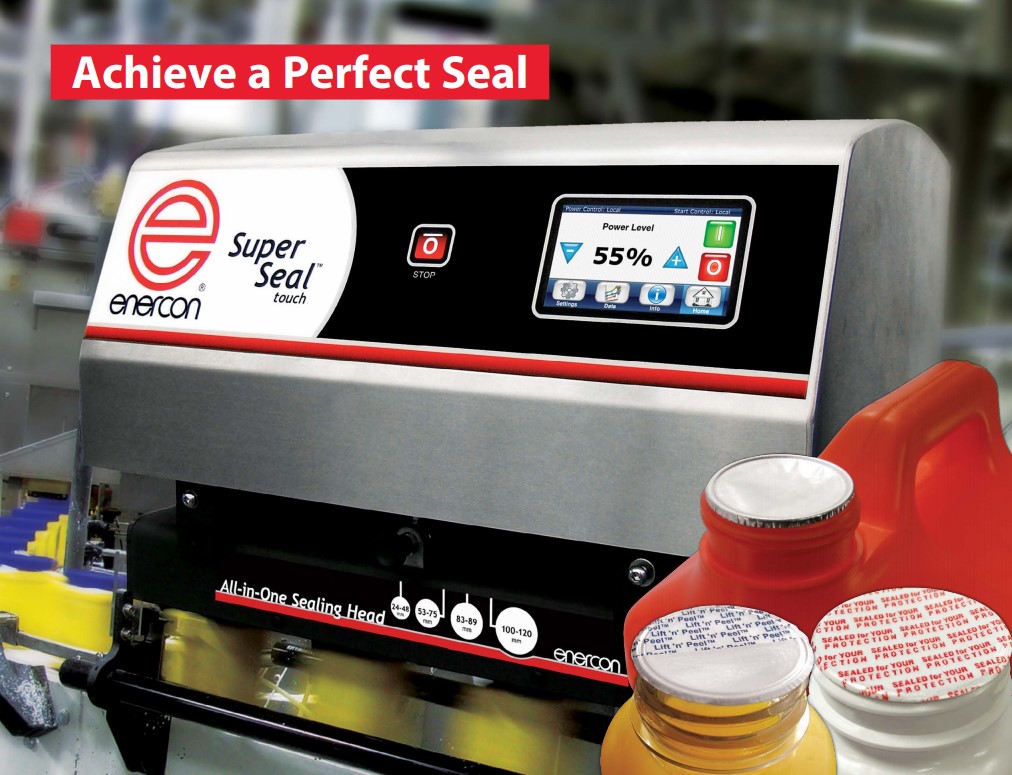
Packagers who Achieve a Perfect Seal understand the core principles of induction sealing (heat, pressure & time); ensure materials are compatible (caps, liners, bottles & products), and define the cap sealing operating window that is best for their application.
PREVENT LEAKS, PROVIDE TAMPER EVIDENCE, & PRESERVE FRESHNESS
LEARN HOW INDUCTION CAP SEALERS CREATE HERMETIC SEALS
FIND OUT HOW CAPS, LINERS & CONTAINERS INTERACT
DISCOVER HOW AN OPERATING WINDOW OPTIMIZES SUCCESS
SEE CAP SEALER TECHNOLOGY AND INDUSTRY APPLICATIONS
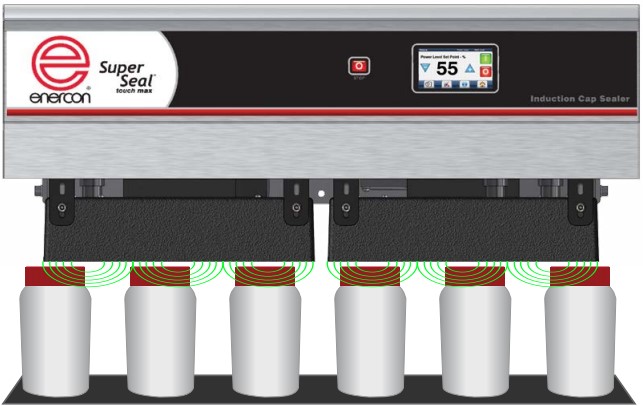
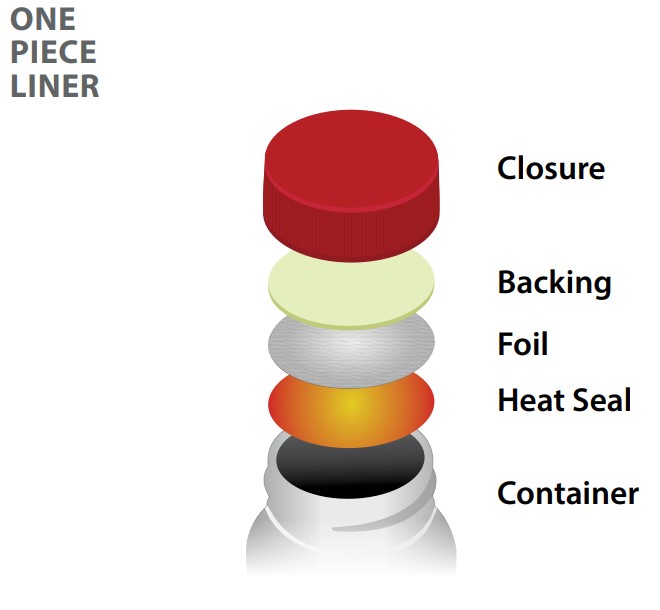
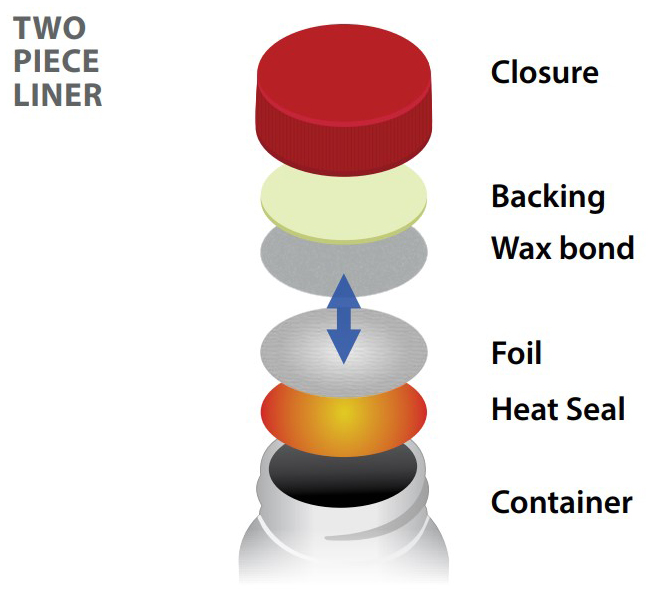
to as two piece liners. They rely on a wax or mechanical bond between the foil liner and a foam or pulpboard backing piece which remains in the cap when it is removed.
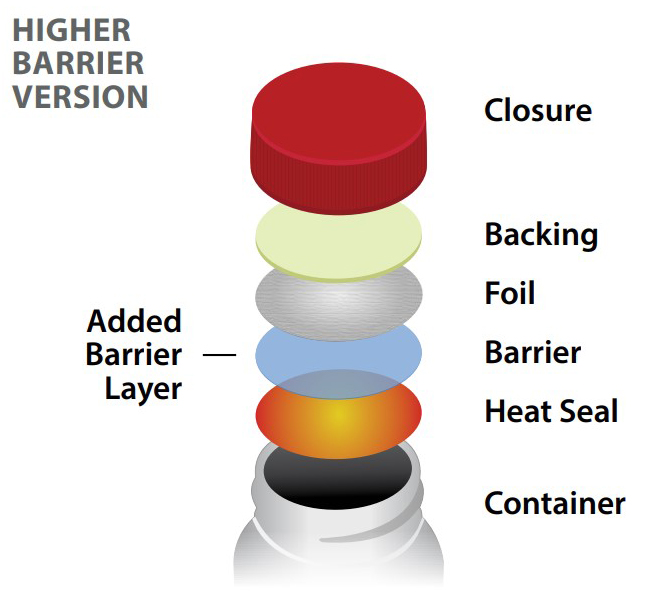
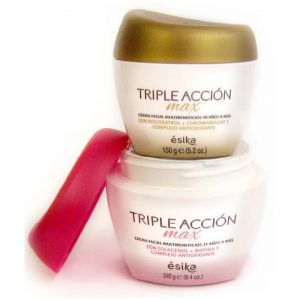

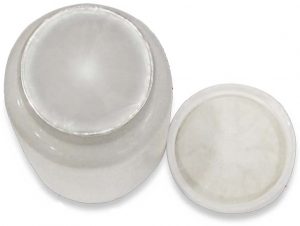
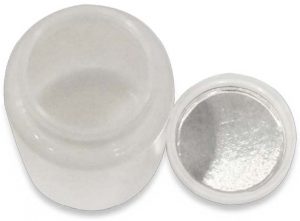
No liner container bonding
Basic Causes
Is the sealer on?
Is there a liner in the cap?
Process/Operator Causes
What’s changed?
• Cap Torque
• Line Speed
• Power Level
• Sealing Head Gap
Material Change Causes
Liner/Container Compatibility
Supplier change
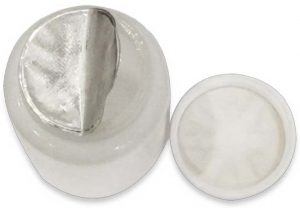
Seal is partial/weak
Process/Operator Causes
Low Application torque
Output too low/line speed too high
Caps not centered under sealing head
Caps cocked or cross threaded
Sealing head not level with conveyer
Material Causes
Saddle or ridge in land area
Liner/Container compatibility issue
Caps bottom out on shoulder of container
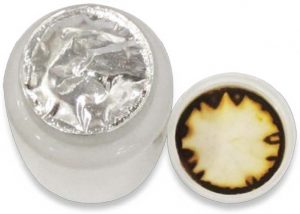
Seal Wrinkling
Odor
Pulp board discoloration
Foam Deforming
Cause
Too much sealing power
• Sealing output too high
• Line speed too low


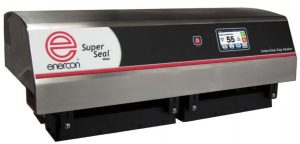
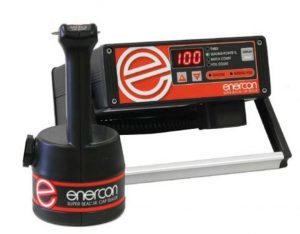
• Compact yet powerful
• Set power & timer for perfect seals
• Missing foil indicator
• Base sealing head up to 83mm
• Wide sealing head up to 120mm
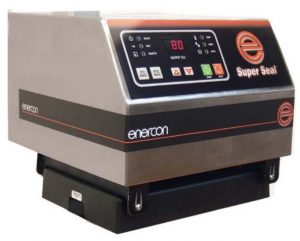
• Microprocessor control
• Simple push button operation
• Digital power level meter
• Local/remote power on/off mode
• Wide range of sealing heads
• The industry workhorse
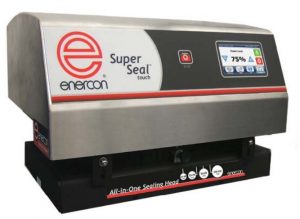
• Intuitive touch screen control
• Simple set-up & operation
• Recipe management
• Supervisory password/operator lockout
• Remote start/stop & power level control
• Remote network control
• Integrated inspection & rejection available
